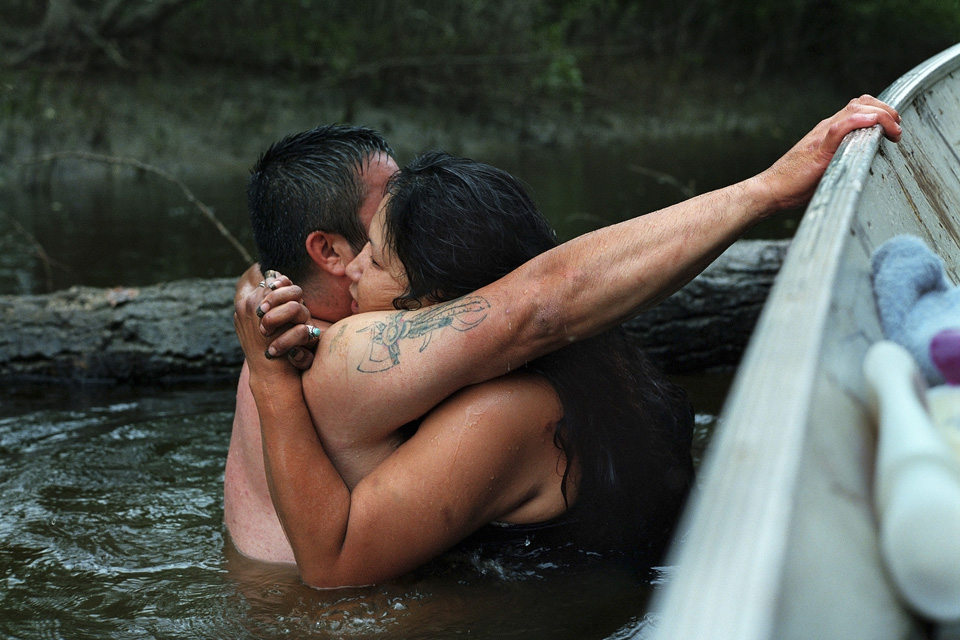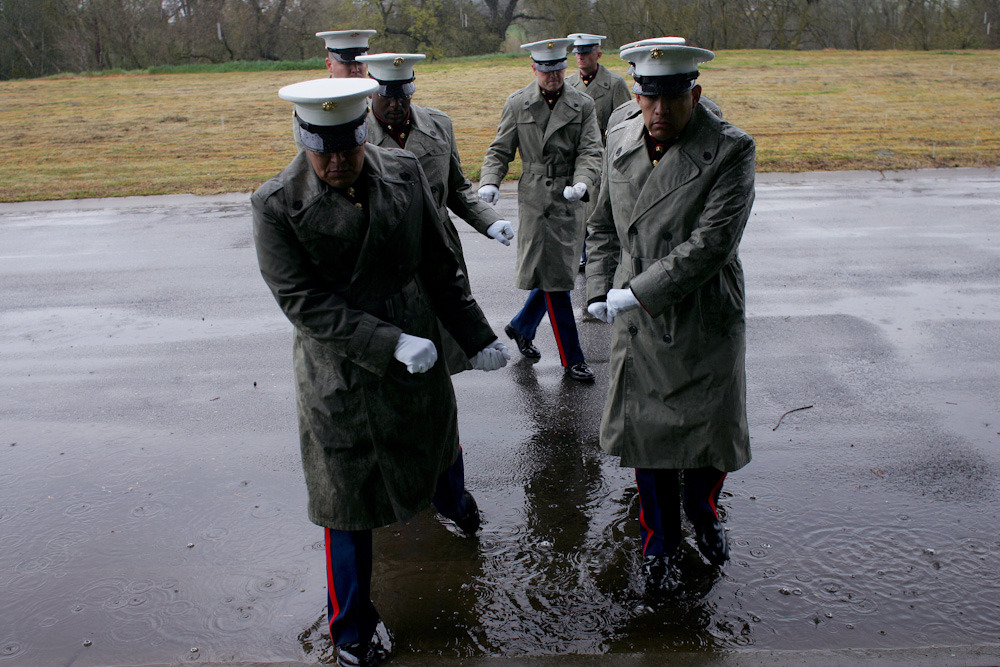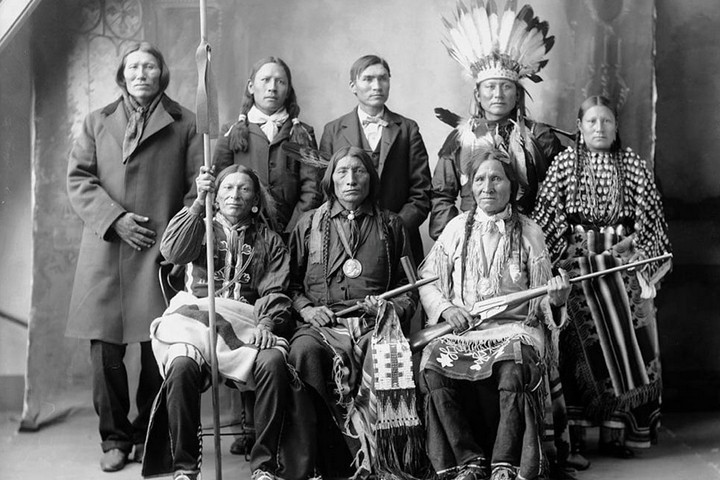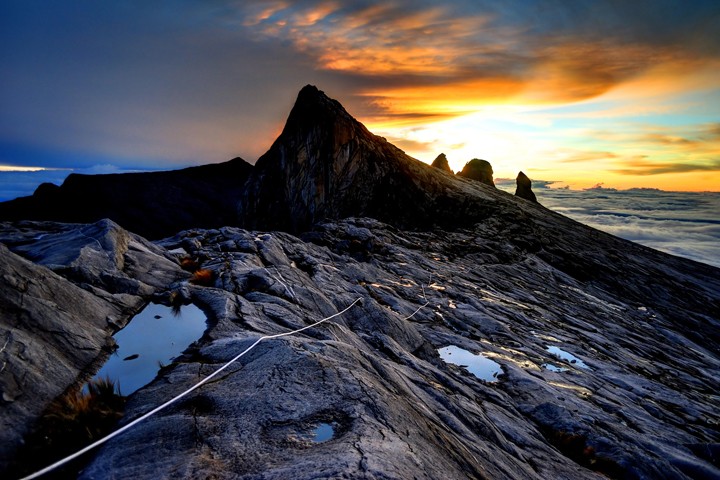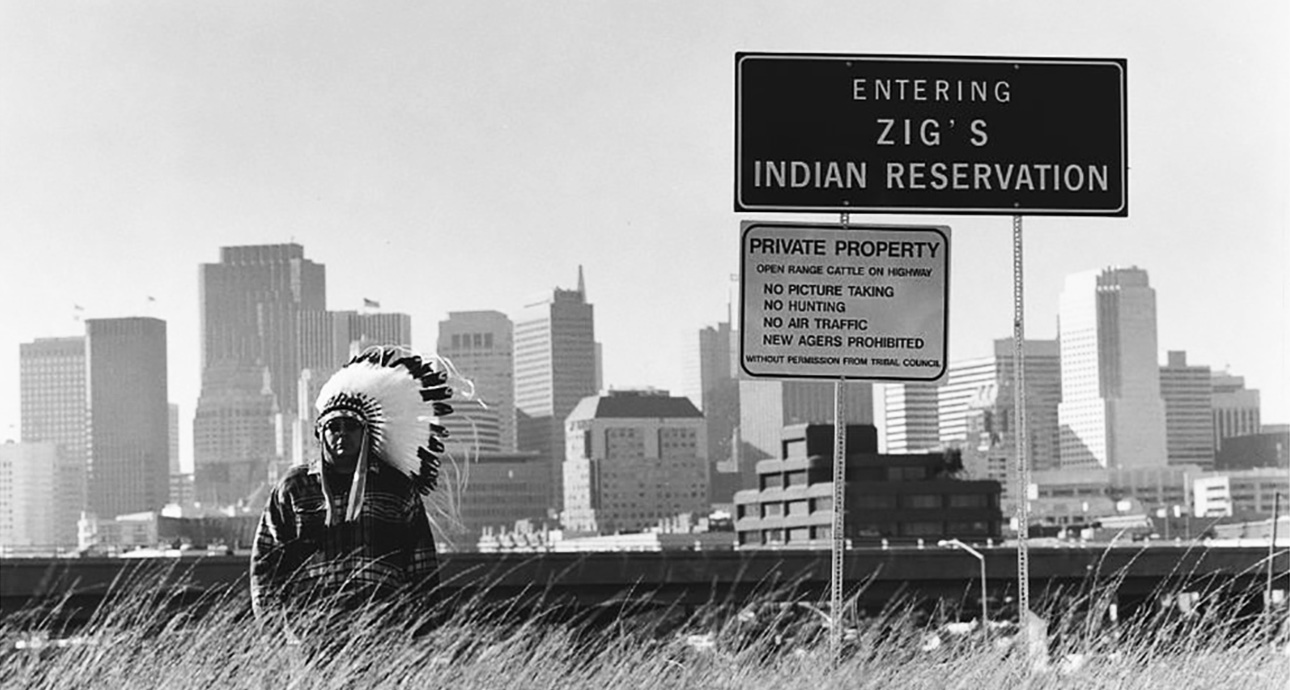
Gold Fever: How the Modern Indians Got Rich
1973 was supposed to be the last year for the Mashantucket Pequot Tribe. After the death of Elizabeth George, a lone woman who was the last resident of Foxwood reservation at the time, 866 thousand square meters of the land that belonged to the tribe were supposed to be reclaimed by the state of Connecticut. A chance to prevent that was embodied by Elizabeth’s grandson, plumber Richard Arthur Hayward. He was born outside the reservation and was only 1/16 Indian, but he managed to make the Pequots, who were on their way to extinction, into one of the richest tribes in America. Hayward convinced his relatives to follow him to Foxwood and has achieved the recognition of his tribe by Congress. In several decades the tribe had 900 more people, and every one of them had an annual income over $100,000.
All of this has been started by the Seminoles.
No right to vote, limited possibilities to earn money and a high probability of dying in poverty — for centuries the life of the indigenous peoples of America was getting worse as the state that the invaders built on their lands was flourishing. According to the most conservative estimate, the population of the United States before the invasion in the 15th century was 10 mln people. By the early 20th century, the wars and disease epidemics imported by Europeans left only 250,000 of them alive.
It seemed that the history of this extraordinary people was reaching an ordinary end. Pushed to the parts of the continent that were the least suited for living, the Indians were more interested in booze than in historical justice. In early 1980s, the alcohol-related discharge rate was three times as high for the indigenous people of America compared to the country’s average.
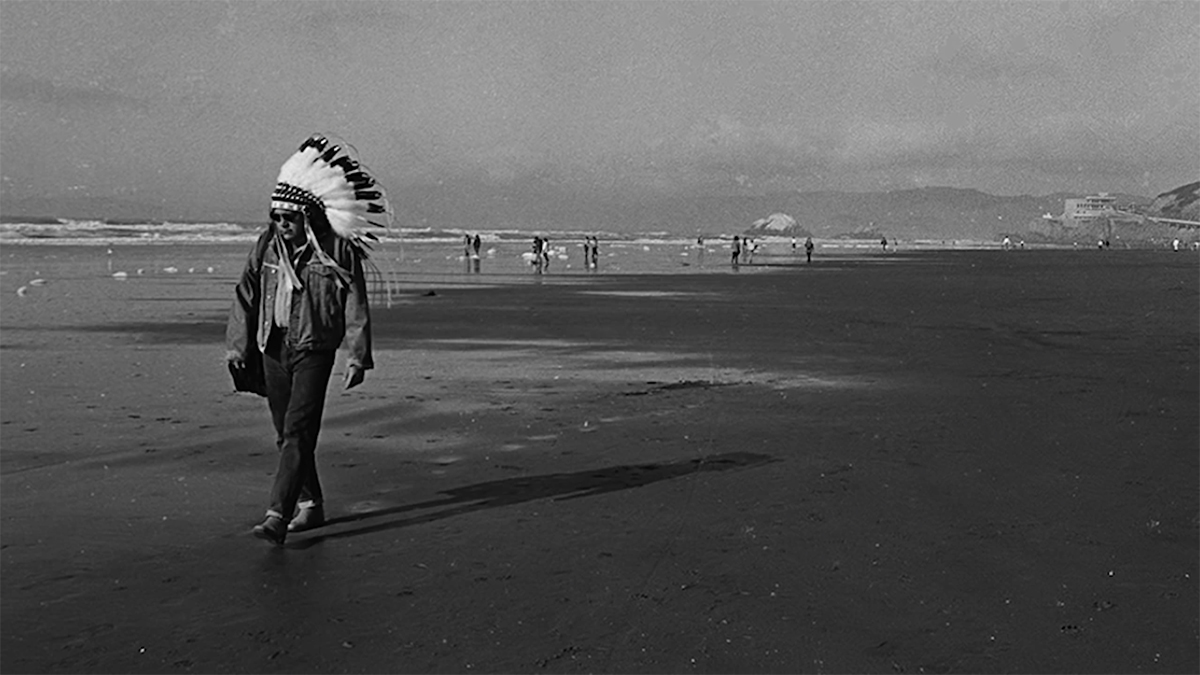
History took a sharp turn in 1987, when the Seminoles won a court case against the state of Florida, where the reservation of the tribe was located, and defended the right to own gaming businesses on their territory. The US Supreme Court ruled that the tribe could organize bingo games with a prize fund of $10,000, bypassing state laws that prohibited bingo halls from working more than two days a week and having prizes over $100.
The success was mainly due to a 15-year-old precedent. Then, the Minnesota tax authority requested that the Bryan family, who lived on the Chippewa reservation, pay a tax of $147.95 for their mobile home. It was the first time the family faced such a request, and as they were unable to pay the tax, they went to court. The case failed at the district and state levels, but the US Supreme Court acknowledged the status of reservations as a sovereign territory where the rules and regulations of the state do not apply.
The tribes have referenced this decision in all following disputes with local authorities. In 1988, President Ronald Reagan signed a law about Indian casinos. Since then, every officially acknowledged tribe received the opportunity to earn on gaming and avoid most of the related taxes.
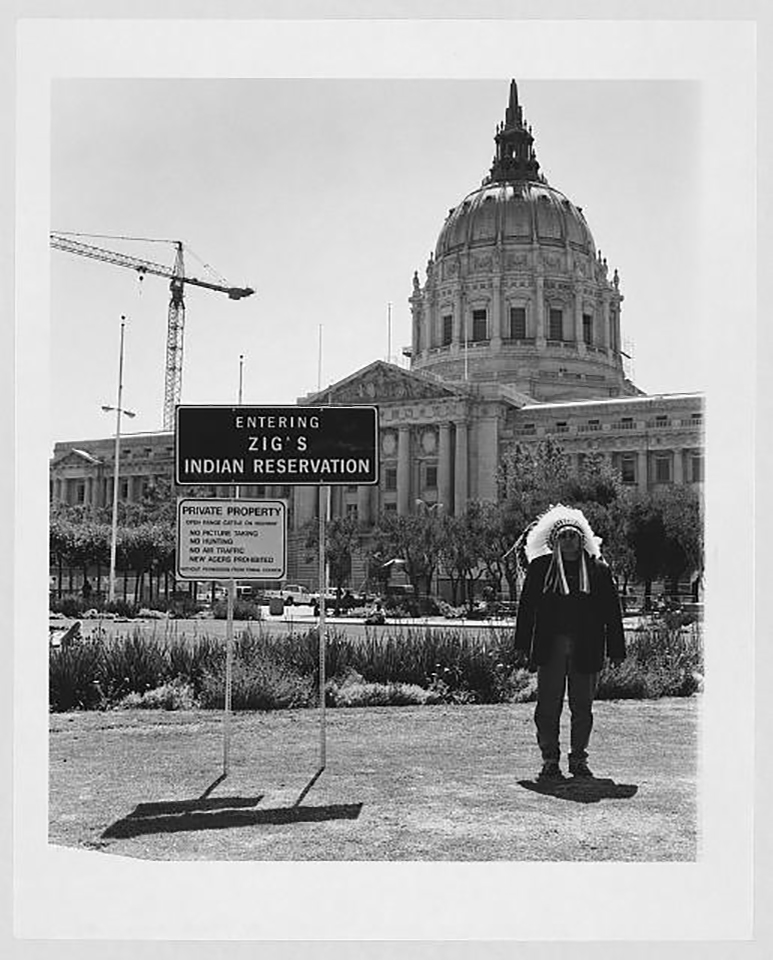
Life was getting better. In 1991, Hayward, the Chairman of Mashantucket Pequot Tribe at the time, started expanding the family business. The bingo hall was to be turned into a casino, which was soon called the biggest in the Western hemisphere: by square feet, Foxwoods Resort Casino was bigger than the Pentagon.
By 2005, half of the 567 Indian tribes officially acknowledged in the US were in the gaming business, earning $22.6 bln annually — more than Las Vegas and Atlantic City casinos together.
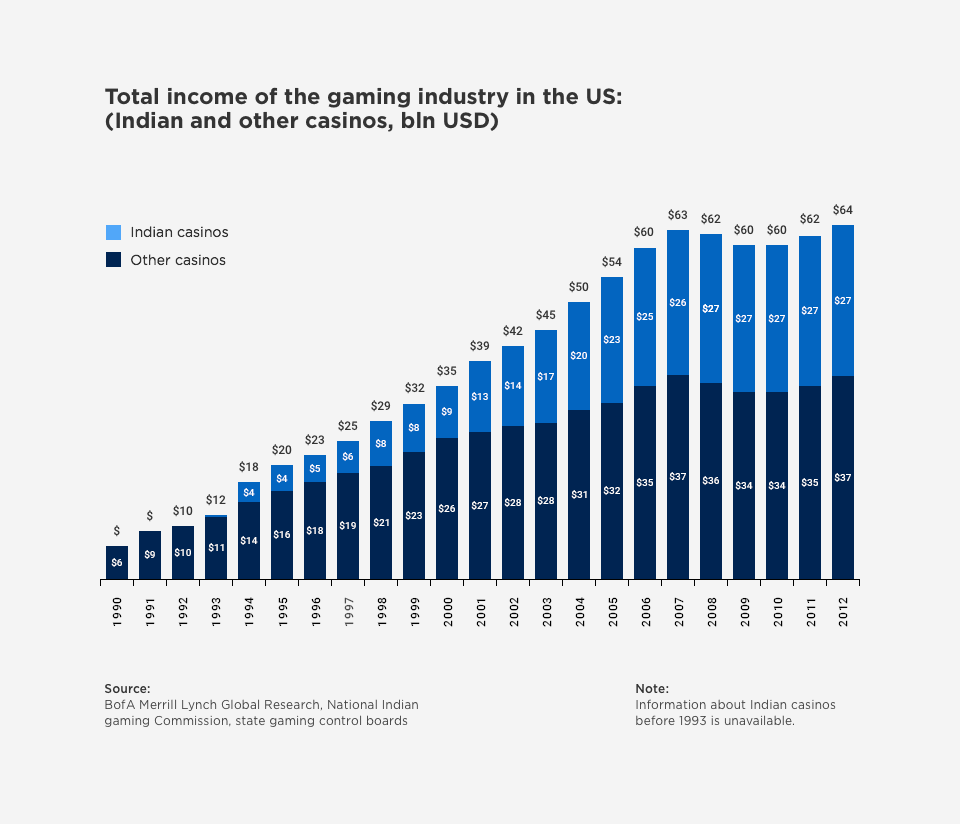
People who left reservations looking for jobs in big cities started coming back to their roots. Those who didn’t have any roots, and garbled their genealogies. In 2010, Emmitt Smith, a black American football player for the Dallas Cowboys and the Arizona Cardinals, wanted to prove he had Cherokee blood — but a DNA test did not confirm it. In response, the procedure to be accepted to a tribe became more complicated. To officially become one of the Pequots, a person would have to prove a relation to one of the families of the tribe included in the 1900 census.
“It wasn’t fashionable to be Indian until recently.” — Robert Martin, Morongo Chairman, says in his interview. 70% of the income of the Morongo Casino was distributed between the members of the tribe — up to $20,000 a month. It seemed that the hard times were over — casinos created thousands of jobs on the reservations. The Indians, though, often disregard them. Stanley R. Crooks, Shakopee Mdewakanton Chairman, says that in 2012 the unemployment rate on their reservation reached 99.2%. In reality, this sad figure means uncommon prosperity: income from Mystic Lake Casino Hotel and Little Six Casino brought those who lived on the reservation up to $84,000 a month. The picture in Connecticut was similar: the Mohegan Sun Casino brought every one of the Mohegans $360,000 a year.
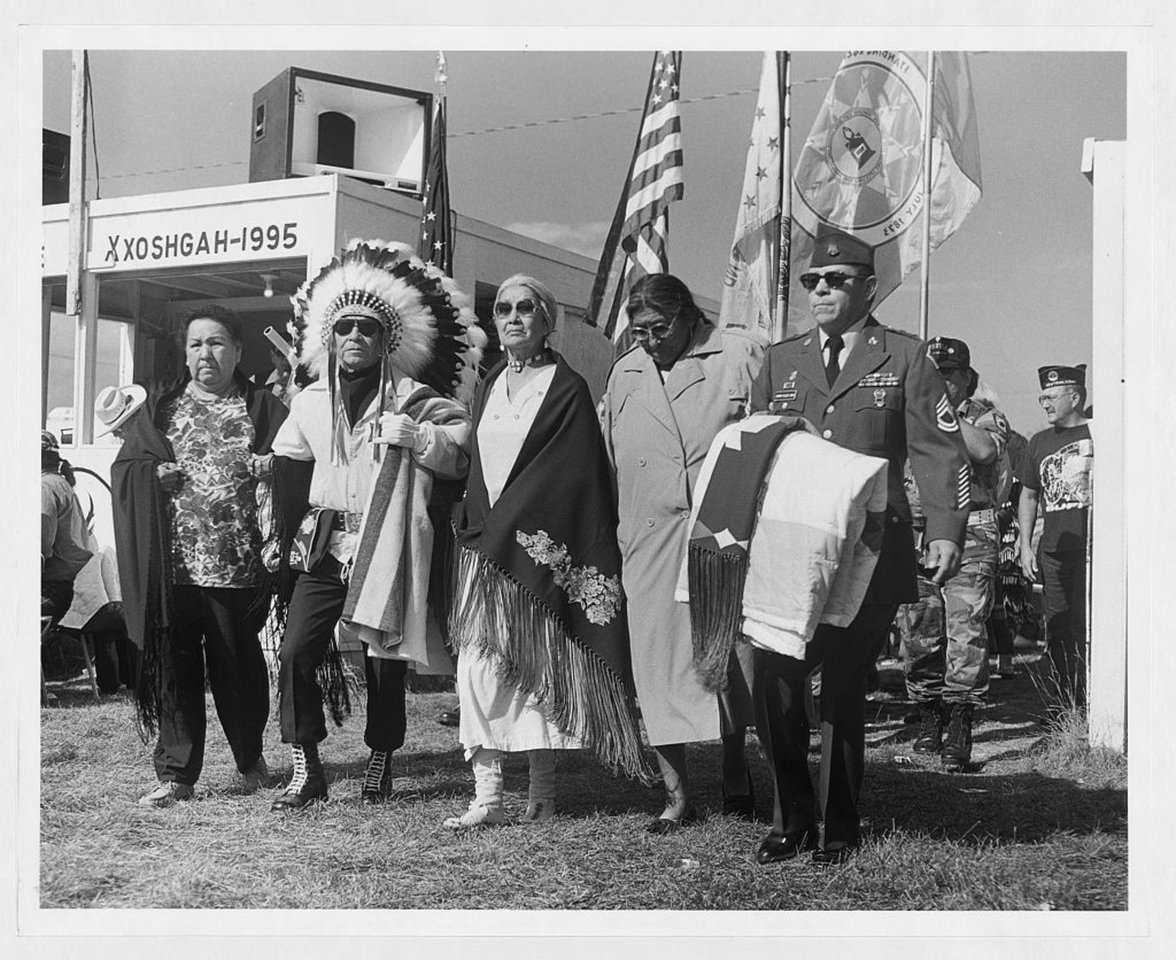
Luxurious houses and exotic cars — legends of the increasing Indian riches were multiplying and bothering the descendants of white conquerors, working 9 to 5 on a wage. This bright picture blinded people to the problems. Not all of the tribes were rich. 240 of the 567 officially acknowledged tribes are in the gaming business, but not all of them are successful.
In the peak of the financial crisis in 2008, the Pequots decided to greatly expand their gaming complex, Foxwoods, and in 2010 had to stop paying the dividends to the members of the tribe because of the $2 bln debt. The Mohegans also had to decrease the amounts paid to the tribe members. Small casinos that the tribes opened near large gaming centers such as Los Angeles were closing fast. Except the general crisis, there were two factors that exacerbated the situation.
The first evil is technical progress. Internet gambling was legalized and gambling legislation was eased in many states, which stimulated competition. The second factor is related to everyday life. The Indians in the rich tribes got used to the allowance, stopped working and occupied themselves with expensive hobbies, such as horse-breeding, hunting or traveling.
In the world, where every loss at the tribal casino brought money to their bank account, it was too complicated and unnecessary for the Indians to teach their children about the value of money. In a world where the players lose their capital in online poker rooms, this knowledge will be much missed.
New and best
